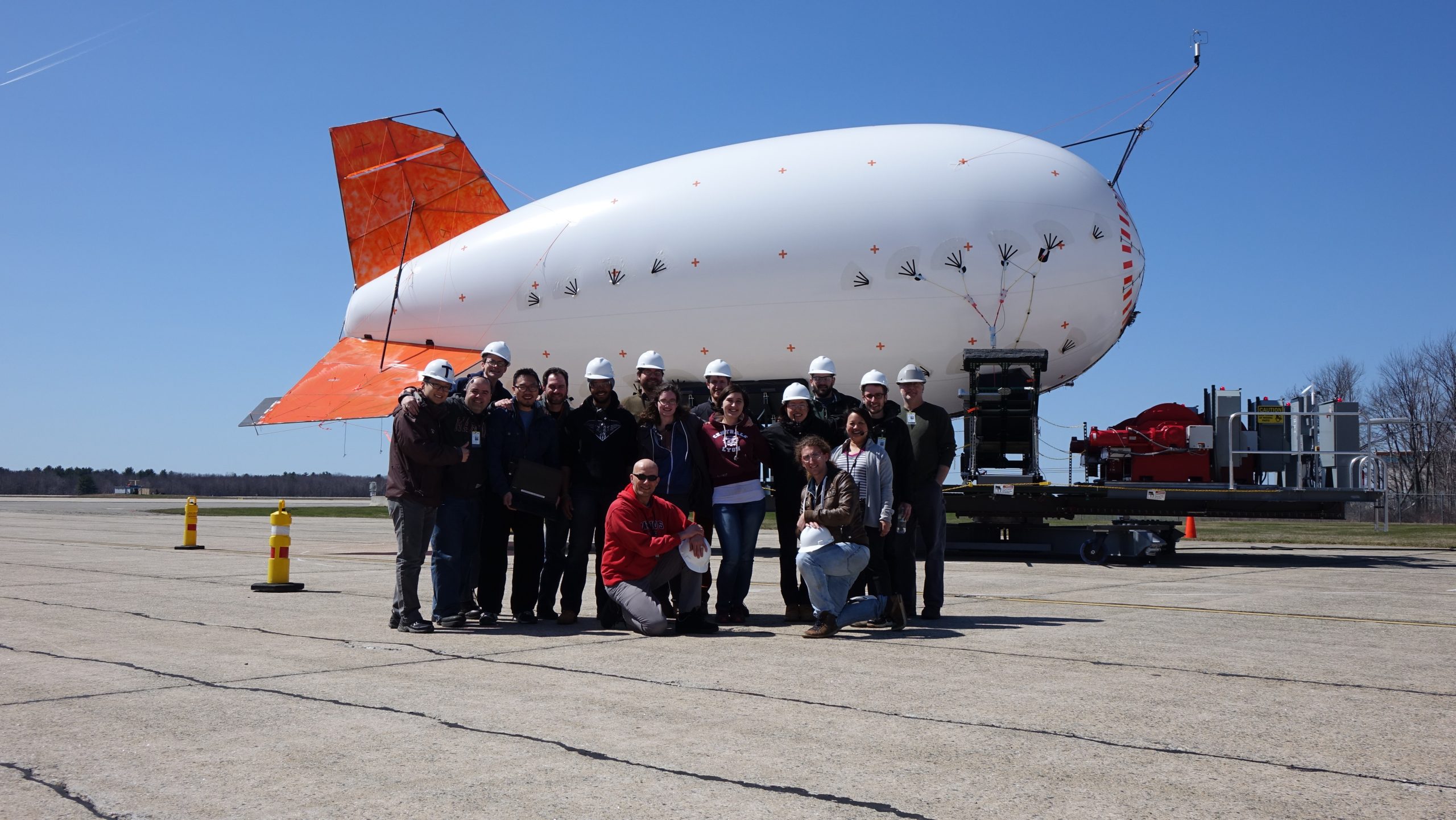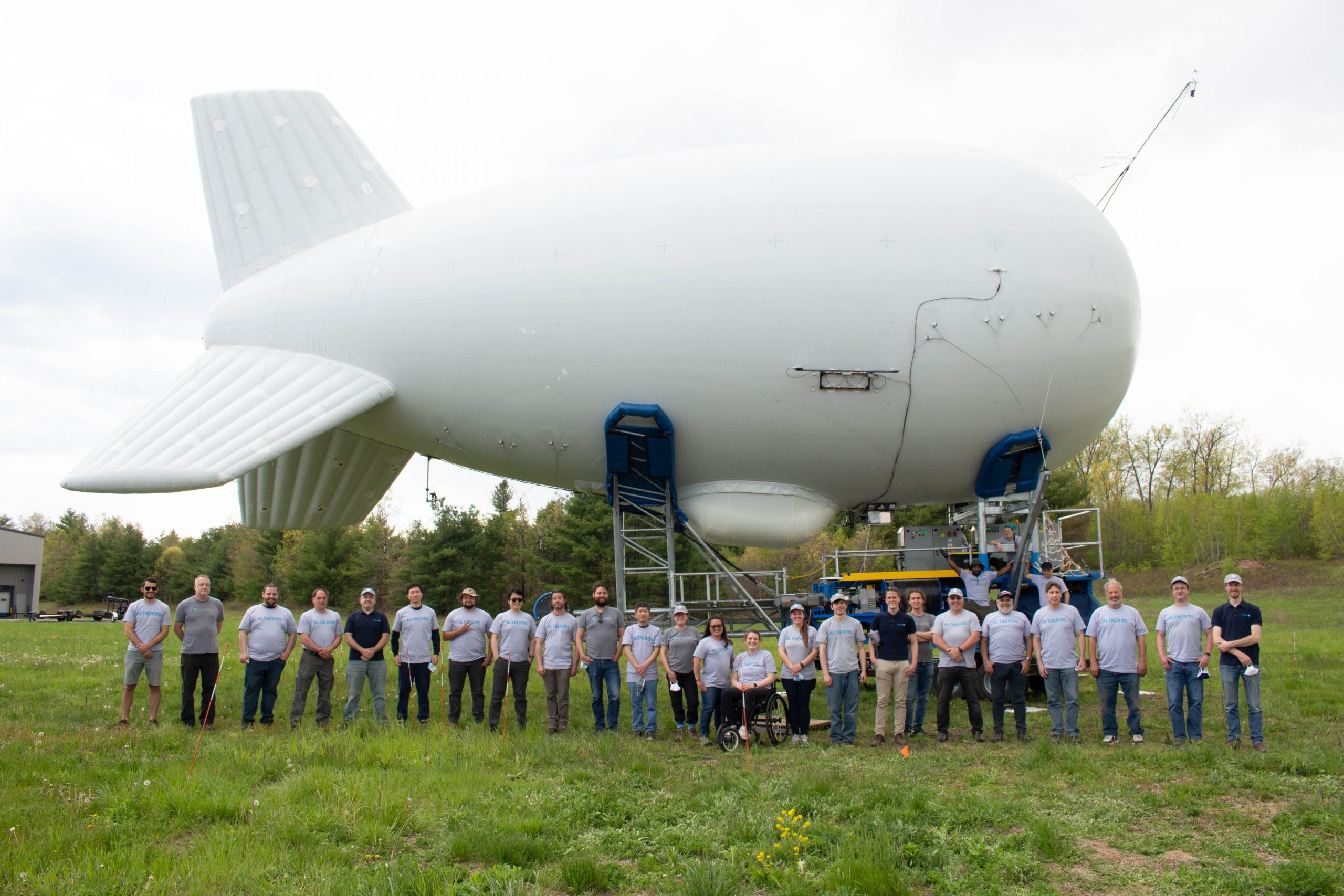Nba Live
Nba Live
A Soccer Ball Is Kicked Horizontally Off a 22.0 Meter: Calculating Trajectory and Landing Position (单词数:12个,字符数:67个)
Nba Live
Let me begin by admitting something: I’ve always been fascinated by how physics sneaks into sports. Watching the UAAP basketball games, especially that standout performance by the Growling Tigers’ captain—27 points after a shaky opener against UP—I couldn’t help but think about motion, trajectories, and the invisible forces guiding every leap and shot. It’s one thing to see an athlete bounce back; it’s another to unpack the science that could describe, say, a soccer ball kicked horizontally off a 22.0-meter-high cliff. That scenario isn’t just a classroom exercise—it mirrors the split-second calculations athletes make, even if unconsciously. Today, I want to walk you through the journey of that soccer ball, from the moment it’s launched to its landing spot, blending equations with a bit of storytelling because, frankly, that’s how I fell in love with physics.
When we talk about a ball kicked horizontally at 18.0 meters per second—yes, I’m picking that speed because it feels right for a strong kick—off a 22.0-meter drop, we’re dealing with a classic case of projectile motion. Now, I’ve seen students glaze over at this point, but stick with me. The beauty here is in the independence of horizontal and vertical movements. Horizontally, that ball coasts at a steady 18.0 m/s, no acceleration messing with it—thank you, Newton’s first law. Vertically, though, it’s a different story: gravity pulls it down at 9.8 m/s², and that’s where the drama unfolds. I remember first learning this in college and thinking, "Wait, so the kick doesn’t affect how fast it falls?" Exactly. It’s why, in basketball, a player’s jump shot arcs the same way whether they’re moving or still—gravity doesn’t care about your horizontal hustle.
Let’s crunch some numbers, and I’ll be honest, I’m using rough estimates here because, in real life, variables like air resistance can tweak things. But for a clean model, we’ll ignore that. To find out where the ball lands, we first need its flight time, which comes entirely from the vertical drop. Using the equation for free fall, distance = 0.5 * g * t², we plug in 22.0 meters for the height and 9.8 m/s² for g. Solving for t, we get about 2.12 seconds—that’s how long the ball is airborne. Now, horizontally, it’s cruising at 18.0 m/s, so the landing position is just speed times time: 18.0 * 2.12 ≈ 38.16 meters from the base of the cliff. See? In under three seconds, we’ve predicted its fate. It’s moments like this that make me appreciate how predictable motion can be, yet in sports, as with the Tigers’ captain’s comeback, human elements add delightful unpredictability.
But here’s where I get opinionated: people often overlook the initial conditions. If that kick were angled even slightly, everything changes—the range, the peak height, the time aloft. In my experience coaching youth teams, I’ve seen how a small tweak in technique can turn a missed shot into a swish. For instance, if our soccer ball had been kicked at a 30-degree angle instead, we’d be looking at a much longer flight and a different impact point. That’s why I always stress the basics; in physics and sports, mastery starts with understanding the launch. Speaking of which, let’s not forget velocity components. At the instant our ball is kicked, its vertical velocity is zero—it’s purely horizontal—but by landing, it’s gained speed downward. Using v = g * t, the vertical velocity at impact is roughly 20.78 m/s, and combining that with the horizontal 18.0 m/s via Pythagoras, the total speed hits about 27.5 m/s. That’s a hefty smack on landing, and it’s why follow-through matters, whether in kicking or shooting hoops.
Drawing back to that UAAP game, the Tigers’ captain’s 27-point explosion wasn’t just luck; it was about adjusting trajectories—literal and metaphorical. Each shot he took had its own physics, but his mental rebound shaped the outcome. Similarly, in our soccer ball case, the math gives us a clean answer, but real-world factors like wind or spin could shift that 38.16 meters by a meter or two. I’ve run experiments in controlled environments, and even with precise tools, results vary—that’s the fun of applied science. So, what’s the takeaway? For me, it’s that whether you’re analyzing a ball off a cliff or a game-winning play, the principles of motion offer a reliable framework, but it’s the human touch—the kick, the shot, the comeback—that brings it to life. Next time you watch a sport, think about the invisible equations at play; you might just see the game in a whole new light.
Discover How Soccer Line Art Can Transform Your Designs in 5 Simple Steps
As a graphic designer with over a decade of experience working with sports brands and publications, I've witnessed firsthand how soccer line art has revoluti


Does Dream League Soccer Support Controller? A Complete Guide to Gamepad Compatibility
As a longtime mobile gaming enthusiast and sports simulation specialist, I've spent countless hours testing various football games on different platforms. Wh
